First drive: New petrol power reinvigorates the Nissan Qashqai
Ryan Hirons heads to Barcelona to see if Nissan’s new 1.3-litre engine can breathe new life into the firm’s popular SUV

What is it?
Walk down any street in the UK and you’re likely to see a Nissan Qashqai — if not several.
The British designed, British engineered and British made car has been a favourite among buyers on these shores since its conception in 2006. Since then, it’s gone on to dominate SUV sales in the country.
Its second generation came about in 2014 which was subsequently given a mid-life refresh in 2017. Nissan refuses to rest on its laurels though, and has now gone to refresh the engine line-up for the crossover.
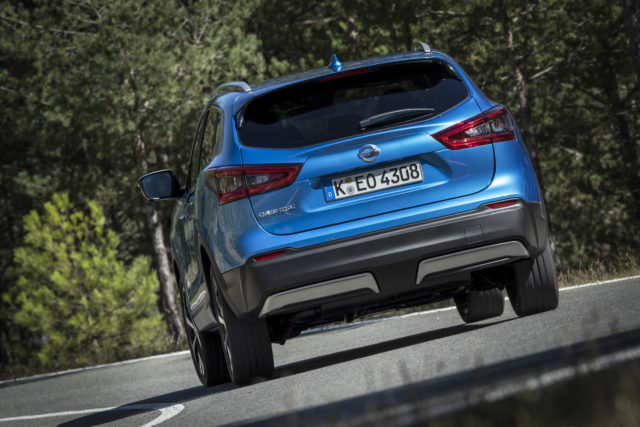
What’s new?
On the face of things, you’ll struggle to see a change in this refreshed Qashqai — and that’s understandable, with it looking identical to the 2017 facelift.
New here is that refreshed engine line-up. Introduced is a 1.3-litre petrol engine that has been co-developed with Daimler, available in 138bhp and 158bhp form. There’s also the option for a dual-clutch automatic gearbox on 158bhp models, making the Qashqai the first non-GT-R Nissan to get a DCT gearbox.
Inside the car, changes are limited to a new infotainment system — which Nissan claims to have benchmarked against the iPad, rather than competitors, from the start in an effort to develop the most user-friendly system possible.
What’s under the bonnet?
As mentioned, the headline of this refresh is the engine line-up — with a 1.3-litre petrol engine available in two forms, while a sole diesel flies the flag for the black pump contingent.
Our test car was fitted with the 1.3-litre petrol engine in its most potent form, paired up to the new seven-speed dual clutch transmission. The powertrain develops 158bhp and 270Nm of torque, capable of sending the SUV from 0-60mph in 9.7 seconds and on to a 124mph top speed. As for efficiency, Nissan claims 52.3mpg on the combined cycle with a CO2 output of 122g/km.
The package feels well refined and suited to the car, offering good power delivery across the rev range and allowing the Qashqai to hustle about with minimal effort. The DCT is pretty smooth in regular driving, but does unravel a little when asked more of on a country road.

What’s it like to drive?
Powertrain aside, the Qashqai remains mechanically identical to the pre-refresh line-up. It continues to be an overall decent machine to drive, offering well-weighted steering and quite a lot of feedback — which can’t be said for many cars in its class.
It’s in town driving the Qashqai really excels though. Visibility is good all-round, while its finely tuned steering means it’s pretty nimble for a car this size and can be quite easily piloted down the narrowest of streets.
Even motorways don’t phase the car. Refinement is good, with little wind or engine noise coming in to the cabin, while the supple ride — albeit on smooth Spanish roads for us — adds to a comfortable package, even over long distances.
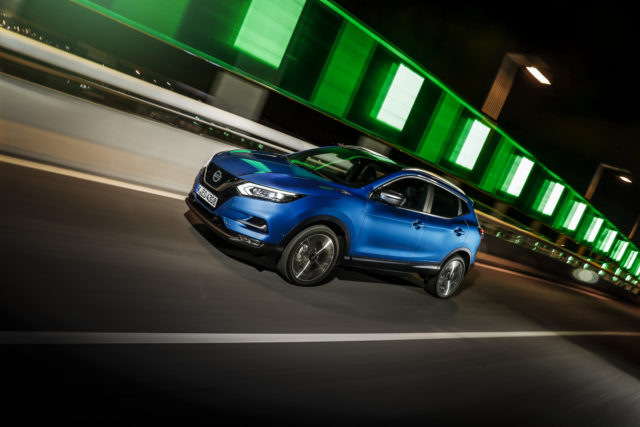
How does it look?
Nissan has refrained from tweaking the looks of the Qashqai alongside the fresh engine range — but its 2017 facelift means it still looks the part when compared with new rivals.
Sharp LED headlights still head up the Japanese firm’s corporate design, giving it a distinctive presence on the road, with that look continued by the angular taillights.
Other changes in the previous facelift include new, more aggressive looking bumpers and the option of restyled 19-inch alloy wheels, along with a shaken-up colour palette.
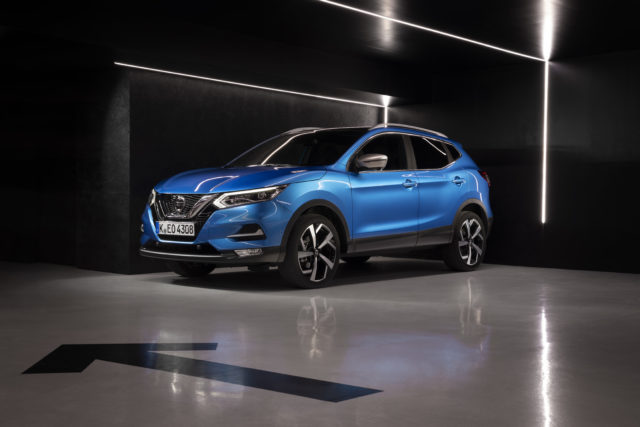
What’s it like inside
Things remain the same inside the cabin of the Qashqai too, and that’s no bad thing. The Tekna+ model we got behind the wheel of boasted a lush leather interior and trimmings, while scratchy plastics are few and far between — which again, can’t always be said for rivals.
As for practicality, it still seats five and retains a 430-litre boot space — though some rivals boast a notable amount more, such as the Vauxhall Grandland X’s 514-litre capacity and the Mazda CX-5’s 506-litre rating.
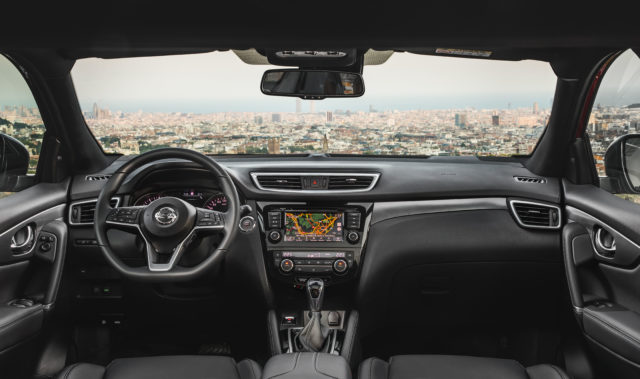
What’s the spec like?
New for the Qashqai, and for Nissan as a whole, is a fresh version of the NissanConnect infotainment system.
It’s been overdue, with the old software clunky and outdated compared with other manufacturer’s offerings — and it’s fair to say the redesign has been something of a success. Along with TomTom Traffic Premium sat nav, the system features a more streamlined way of searching for destinations along with 3D mapping.
While not the best system on the market, it’s certainly a huge improvement over Nissan’s old infotainment. If you’d prefer though, Android Auto and Apple CarPlay also now come as standard on all but entry-level Visia models.
Pricing for the new Nissan Qashqai begins at £19,595 — giving it a comfortable gap underneath key rivals, although the firm hasn’t confirmed how much DCT-equipped cars will cost yet.
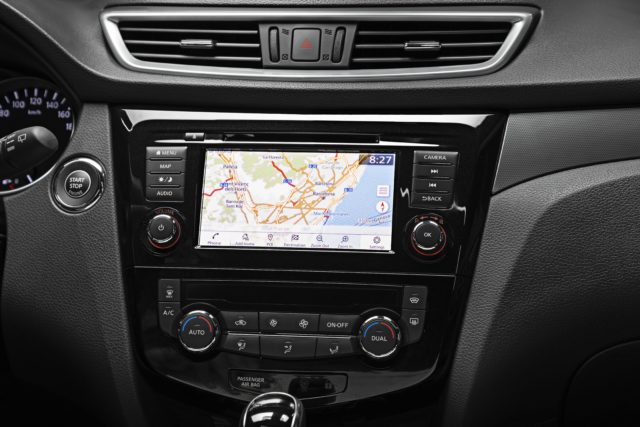
Verdict
Although not earth-shattering, the new tweaks to the Nissan Qashqai are almost set to keep it at the forefront of the market — with the new petrol engines boasting impressive efficiency and low running costs, while the new NissanConnect means the car now competes on the connectivity front too.
The driving experience remains among the best in its class, while its famed value for money continues — almost guaranteeing it to be a sales success.
With development attention surely turning towards the next-generation Qashqai though, we feel there’s room for improvement on the practicality front.





